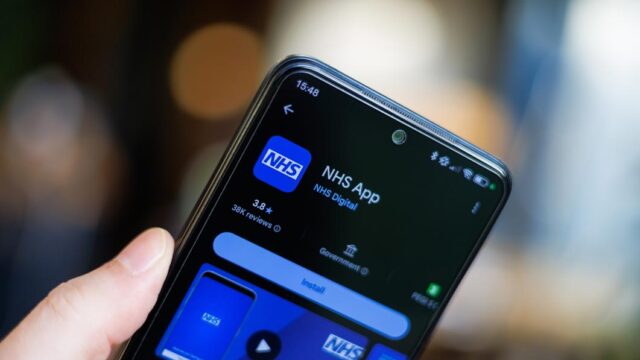Advertisment
Could vaping be linked to spinal cord infarct?

29th EAHP Congress highlights
Cigarette smoking is a well-recognised risk factor for stroke and measures to reduce the prevalence of cigarette smoking have been implemented in many countries. The use of electronic cigarettes (vaping) has been advocated as a strategy to help smokers to quit. Carla Silva (Mersey and West Lancashire Teaching Hospitals NHS Trust, United Kingdom) reported the case of a young male, never-smoker, heavy vaper, who sustained injury to the spinal cord as a result of an infarct.1
A 21-year-old male brick-layer experienced a sharp pain in the back of his neck whilst at work. He initially tried to ignore the pain but soon noticed pins and needles to his body and muscle weakness to his arms and legs. He stopped what he was doing and tried to sit down but became clammy and sweaty and was struggling for air. He was taken by ambulance to the local Emergency Department where it was noted that he needed ventilatory support to maintain adequate ventilation.
He had no known comorbidities. He had never smoked cigarettes but smoked e-cigarettes “all the time”, estimating an equivalent of 100 cigarettes per day since the age of 11.
MRI of the whole spine showed a spinal cord infarct at C2-C5 level, with hyper-acute onset. No other injuries were noted. Other investigations were unremarkable.
The patient was referred to a rehabilitation centre for a comprehensive rehabilitation programme. At admission, peripheral neurological examination revealed incomplete tetraplegia AIS D at C3 level, as per the International Standards for Neurological Classification of Spinal Cord Injury, in central cord syndrome type of injury, with no hand function.
Silva concluded that:
- Spinal cord infarct remains an uncommon cause of spinal cord injury, compared to traumatic injury and other non-traumatic causes (e.g. infection, spinal tumours).
- Spinal cord infarct is a rare ischaemic occurrence, representing only a fraction of all ischaemic strokes (1%).
- The possible impacts of e-cigarette usage, including long-term toxicological and immunological effects, are not yet fully understood.
- Acute spinal cord ischaemia is life-changing for the individual and expected clinical outcomes are still unclear.
Reference
- Silva C. Case report: spinal cord infarct secondary to vaping? (Poster) EAHP Congress 2025










